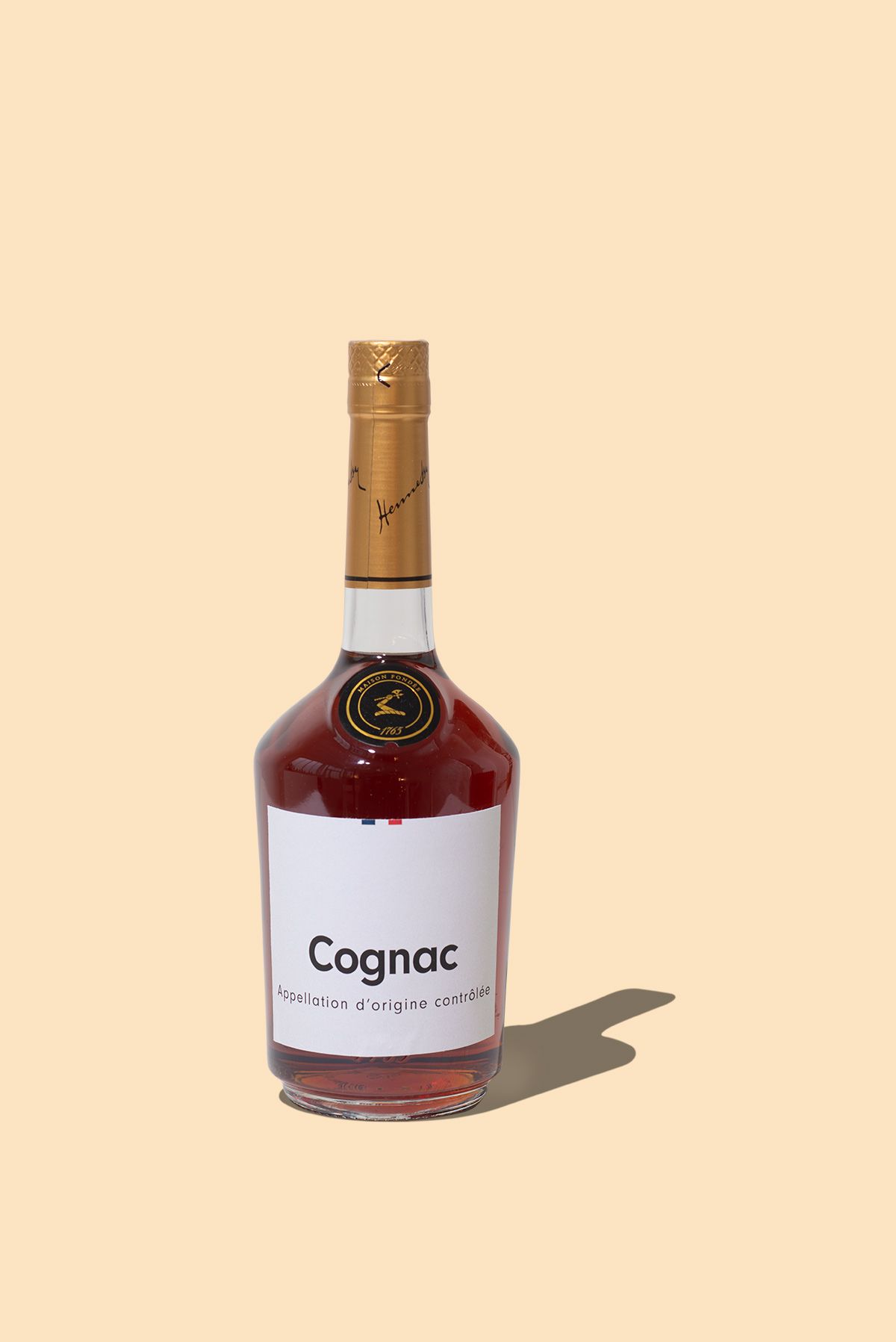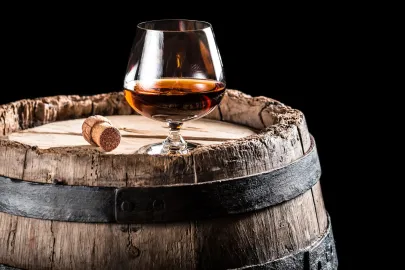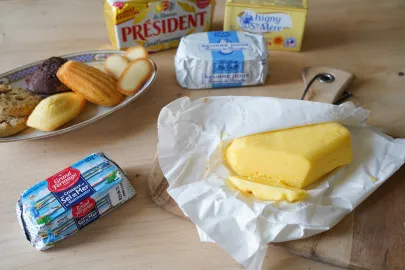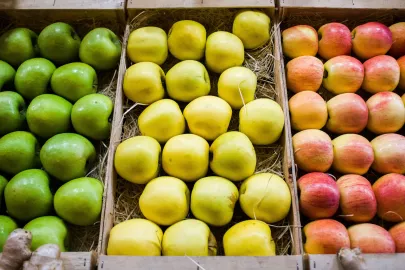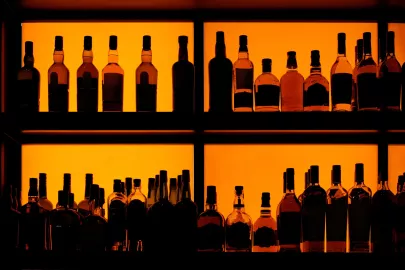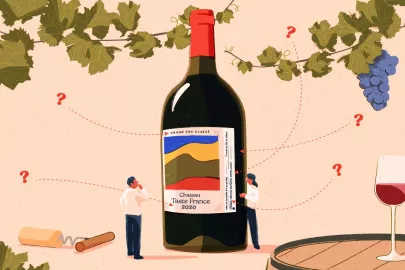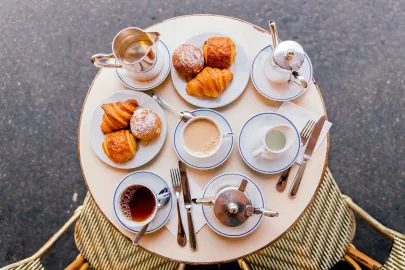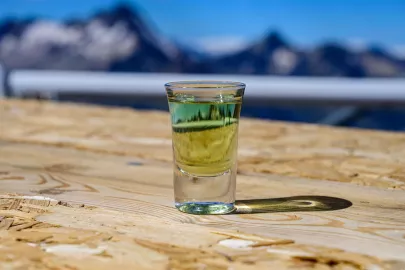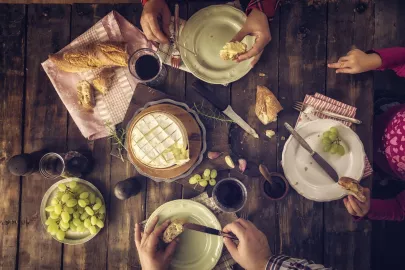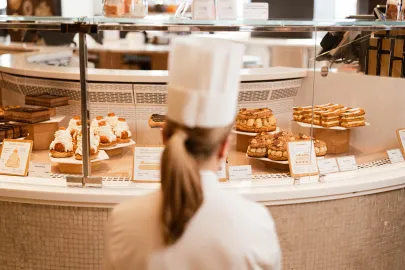A guide to Cognac, its history, terroir, and how to enjoy it
Golden in color, complex in aromas, and decidedly French, cognac is a spirit that has transcended time, staying relevant throughout the ages. From royal courts to cocktail bars, it remains an enduring icon of French culture.
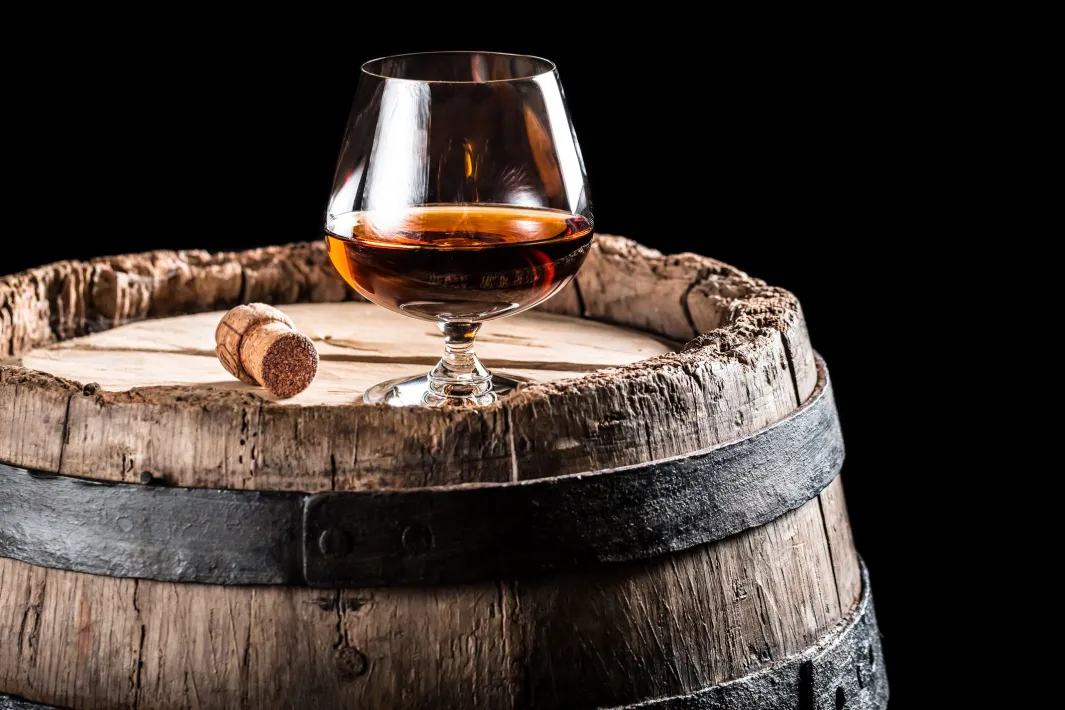
Did you know that one of France’s most successful exports isn’t its iconic pastries, fashion, or even wine, but cognac? From Shanghai to New York, this local spirit from Charente is admired by amateurs worldwide, although, paradoxically, it is often disregarded in its own country in favor of wine, whisky, or even rum.
But what makes cognac still so relevant today, and how is that golden spirit set to conquer the world? Let’s take a closer look at this product of pure craftsmanship.
The history of cognac: from Dutch seafarers to French icon status
Cognac’s history does not begin in France…but in the Netherlands. During the 15th century, Dutch merchants bought wines from a small French region, the Charente, to help keep their spirits up (pun intended) during their travels. However, after weeks at sea, they discovered that the wine had spoiled. Instead of throwing it overboard, a stroke of genius led them to distill it, concentrating its alcohol content into a more stable form they called brandewijn: the ancestor of today’s brandy!
It became an instant sensation, and locals even decided to refine their technique, adding a second distillation to add some finesse to the drink. By the 17th century, English aristocrats were drinking it in London clubs, and Cognac was on its way to global fame.
Today, many of the great cognac houses (think Martell, Hennessy, Rémy Martin, or Courvoisier) are the direct descendants of this rich history. From the get-go, cognac might have been French in origin, but it was always international in its ambition!
The cognac terroir: six crus that shape its character
Not everyone can suddenly decide to craft cognac. It is an Appellation d’Origine Contrôlée (AOC), with a strict code of production that defines exactly where and how it can be made. It is the largest white wine vineyard in France, representing about 10% of the entire French vineyard area.
The production zone covers the areas of Charente, Charente-Maritime, and a few neighboring communes. Within it, six crus, or growth areas, can be exploited, taking the best of each terroir to give these eaux-de-vie different styles:
- Grande Champagne: delicate, floral notes, with a great aging potential
- Petite Champagne: elegant and refined character, maturing a little faster than Grande Champagne
- Borderies: Small but distinctive, famous for its violet-scented notes
- Fins Bois: Round, supple, and with a strong fruity character
- Bon Bois and Bois Originaires: more rustic, sometimes touched by the Atlantic breeze.
This is a designated classification, inspired by the work of 19th-century geologist Henri Coquand, which continues to guide the understanding of Cognac today. The diversity of soils and climates gives the cellar masters a rich palette of flavors and aromas to work with.
The grapes of cognac: Ugni Blanc and its acolytes
Much like wine, the first ingredient of cognac is grapes. The main one is called Ugni Blanc, which covers 98% of the cognac vineyards. High in acidity and low in sugar, this unsung hero produces a light white wine that becomes luminous after distillation.
Among the other grape varieties found in cognac are the ancient Folle Blanche, which predates the phylloxera epidemic; the Colombard; and the newer and more complex Montils and Folignan grapes. Their blends are the foundation of these world-class eaux-de-vie.
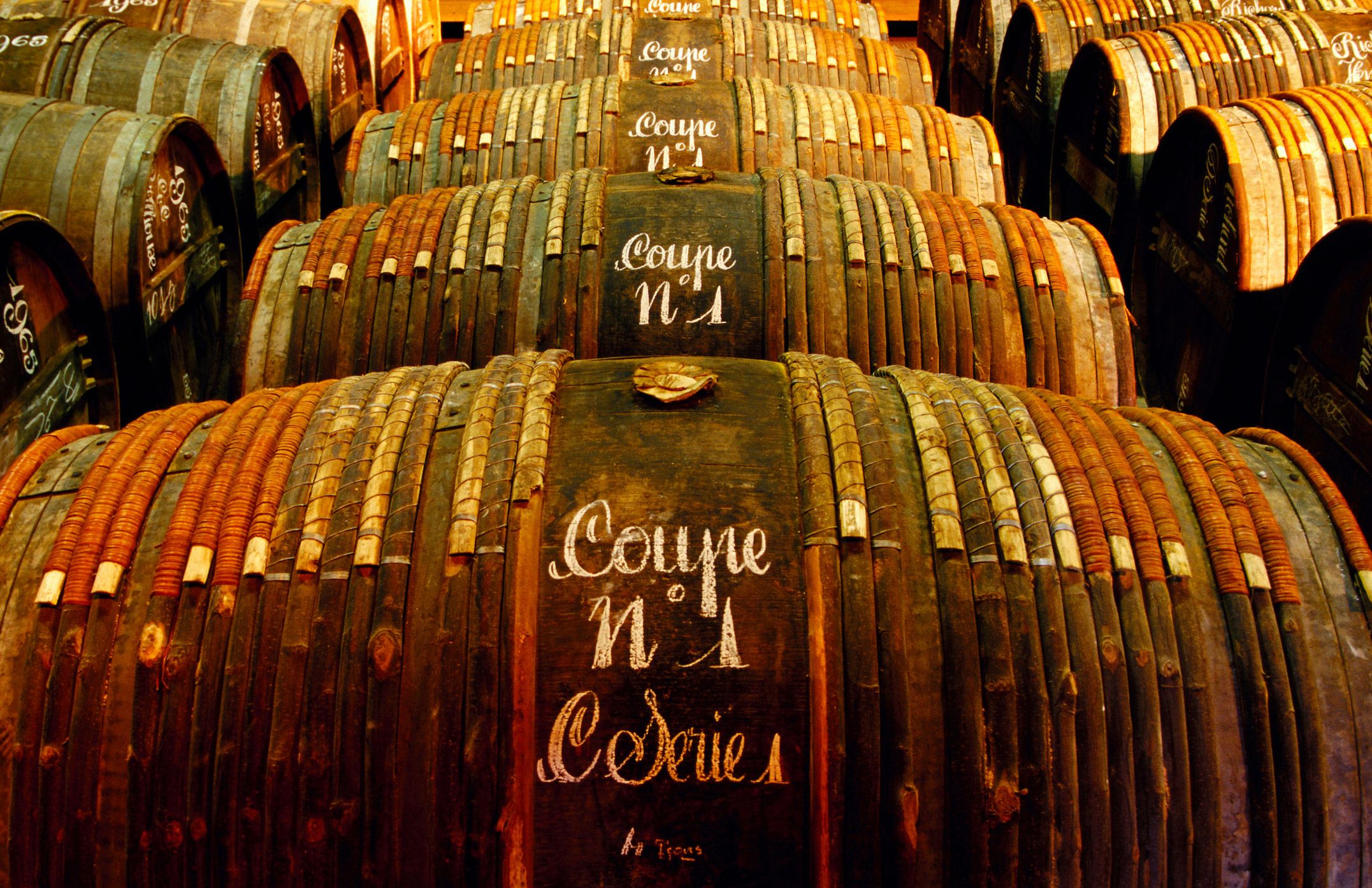
© Oliver Strewe
How is cognac made?
Now that you have a better idea of the vineyard of Cognac, it's time to take a peek in the cellar to discover how it’s made.
Harvest begins in autumn, producing a sharp, fresh white wine of only 8% to 9% alcohol. This is a wine not made for drinking but for distilling, which happens in the heart of winter in copper Charentais pot stills.
Cognac is the product of not one but two distillations. The first produces the brouillis, a rough spirit that is then refined through la bonne chauffe, the second distillation. The result? A clear eau-de-vie of around 70% alcohol.
Next comes time, the true alchemist of cognac. The distilled spirit is transferred to oak barrels from Limousin or Tronçais forests, in which it will age slowly over several years. This slow process allows it to develop intriguing notes of vanilla, spice, and dried fruit, among others.
Finally, the cellar master will taste different eaux-de-vie and decide on a blend, balancing crus, ages, and styles into a single expression.
Cognac classifications: VS, VSOP, and XO explained.
Since each cognac is a blend, it could quickly become confusing, which is why every bottle carries a clue to its age and complexity on its label.
- VS (Very Special): at least 2 years old, vibrant and fruity, ideal for cocktails
- VSOP (Very Superior Old Palate): at least 4 years old, more structured and balanced than a VS
- XO (Extra Old): at least 10 years old, the pinnacle of the cellar master’s savoir-faire
Some houses can also release special vintages, single casks, or experimental finishes.
How to drink cognac: a mix of tradition and creativity
Traditionally, when one thinks of cognac, they might picture a dark, Chesterfield-sofa-filled library with the spirit served after dinner, neat, in tulip-shaped glasses. However cozy this image may be, cognac can, in fact, be enjoyed in many other ways!
In France, cognac has been enjoyed neat or diluted with sparkling water to create a drink known as a “fine à l’eau.” Nowadays, bartenders are embracing the golden spirit, highlighting its versatility through cocktails such as a Cognac and Tonic or a Sidecar, with orange liqueur and lemon.
In truth, there is no specific rule as to how you should enjoy cognac. The best way to drink the iconic spirit is the one that feels right in the moment, whether it is neat, on ice, or mixed into a cocktail.
Cognac, a spirit worth (re)discovering
Cognac is far more than a relic to be locked away in dusty libraries. It’s the story of a region, centuries of savoir-faire, and a culture that has carried the iconic French taste to the rest of the world.
Sip it neat to enjoy its complexity and layers, add a splash of water to open up its aromas, or let the bartender surprise you with a fun cocktail. However you want to drink cognac, you are joining a tradition that has stayed relevant for centuries past and many more to come!
So, ready to be part of the cognac renaissance?
Cheers! 🍸
Disclaimer: Alcohol abuse is dangerous for your health. Enjoy Cognac responsibly and in moderation.

